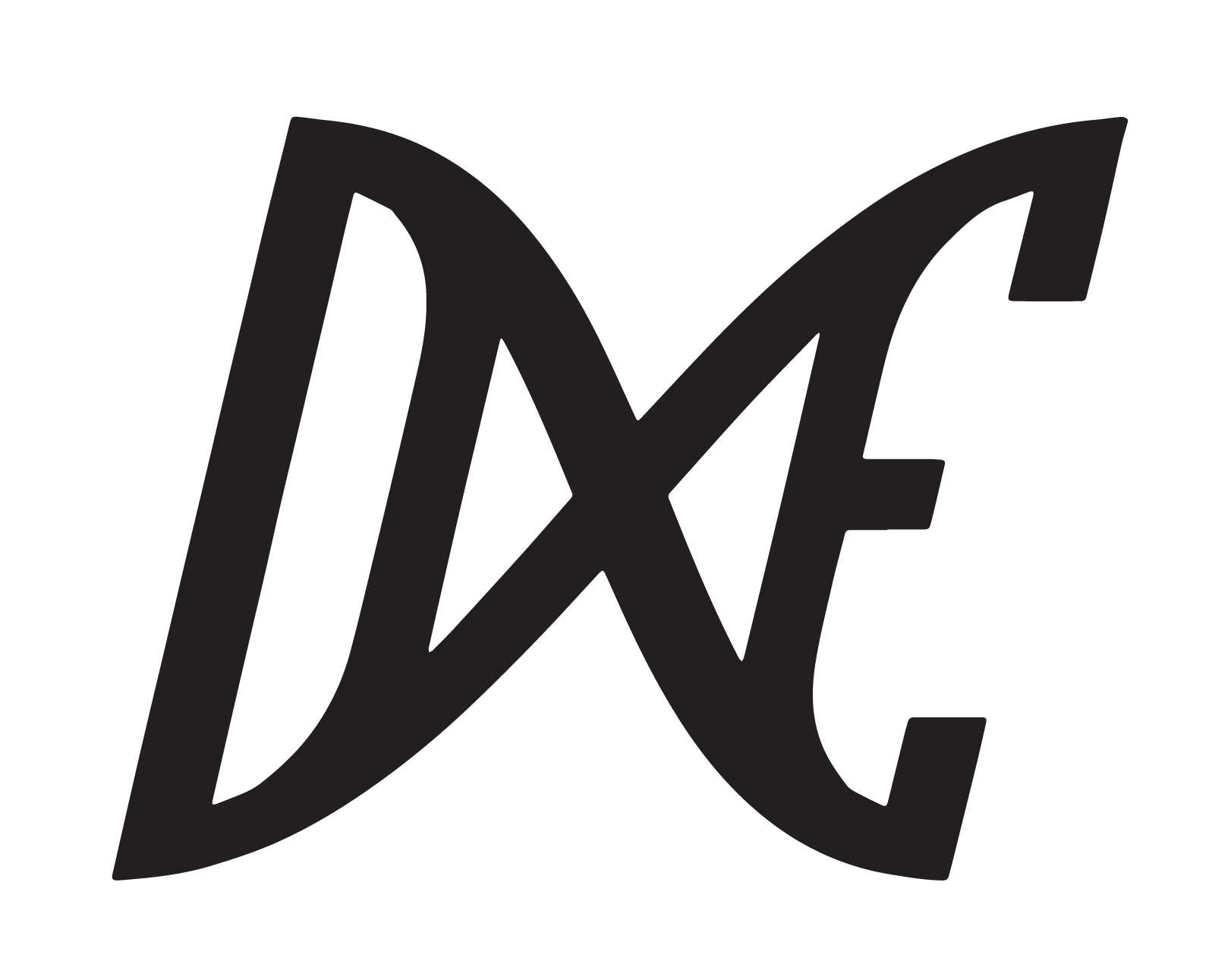Portrait Banners



We have just started making a series of banners for our (and your!) actions, that feature dignified portraits of nonhumans, of various species of people who are exploited by humans for a variety of purposes.
Why make a series with “dignified,” portrait-like photos that have no indication of the violence? It's a similar motivation to the "Someone, Not Something" images we make and share on our Facebook page, and the placards we printed for our Stories of Liberation action: We want to challenge speciesism and demonstrate these beings' personhoods. In nonhuman advocacy, we habitually see images of these animals being victimized, and we think we should also be showing them how they should be, to share a story of how things could be. We also think it is important to contrast the prevalence of images of "what is" with such images of "what could be" in order to not normalize images of their subjugation, which may reinforce notions of the human-supremacy hierarchy if no alternative vision is posed. Further, in our confrontation of speciesism, we want to very clearly signal our own respect for these beings, to encourage other humans to do the same, by sharing representations of them as they want to be -- by showing images of animals who are not (at least in the moment of the photo) being subjugated and degraded.
I (Kelly here) also think of it like this: We humans who use photographs of ourselves typically want to present ourselves to others as a respectable, unique and personality-rich individuals. So as an exercise in nonspeciesism, if these animals had Facebook pages (just hear me out), judging by the kinds of images that we humans post of ourselves, it seems reasonable to assume that we’d be more likely to see images like these as their profile photos, as opposed to images of the individuals suffering and being dominated and demeaned -- the kind of image we tend to choose to not share of our own selves. Since we know these animals prefer respect and equality to degradation and subjugation, we should present images of them as they want to be seen by those who currently see them otherwise and oppress them because of that perception.
This is not to say that images of the violence are not valuable. (When they are not just a horrifying graphic scene, that is, but images that clearly show the personhood and emotional experience of the victim.) We just want to make sure that we also show these animals as they want to be seen, and as they want to be, could be, and will be at the end of our story. To bring about species equality, we have to make it clear to people that our nonhuman sisters and brothers are people too.
So, here they are! If you follow our Organizing Principles, you are free to use any materials we create. Direct Action Everywhere is YOU!
Other articles

Tulare County Dairy Farms Are Poisoning Latino Communities

The Case for Systemic Change




